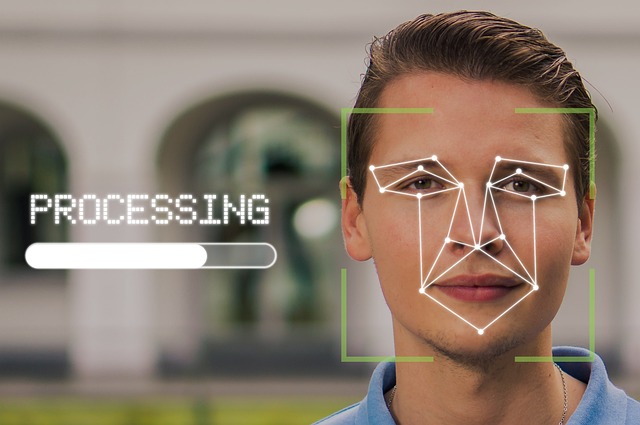Understanding the Role of Image Authentication in High-Resolution Content
In today’s digital age, high-resolution content has become the cornerstone of visual communication. From photography enthusiasts to graphic designers and digital marketers, everyone values crisp, clear, and detailed images. However, along with the rise in high-resolution content comes an essential challenge: ensuring the authenticity of these images. This is where image authentication steps in, serving as a vital tool to maintain trust and integrity in visual media.
The Significance of High-Resolution in Visual Media
High-resolution images are prized for their ability to capture intricate details and convey stories with precision. Whether it’s a breathtaking landscape photo or a detailed product image, resolution plays a crucial role in how the content is perceived and appreciated. However, as resolution improves, so does the potential for manipulation, making it harder to discern a genuine image from a doctored one.
Why Image Authentication Matters
Image authentication is more than just a technical process; it’s a safeguard for authenticity. It helps verify that the image content being viewed is original, unaltered, and trustworthy. In fields such as journalism, law enforcement, and digital art, where credibility is paramount, image authentication can prevent misinformation and protect intellectual property.
For everyday users, understanding the importance of image authentication cultivates a sense of digital responsibility. It encourages a critical approach to consuming visual content—especially as high-resolution images become increasingly manipulated with sophisticated editing tools.
The Intersection of Resolution and Authentication
Higher resolution means more pixels and more data, but also more complexity when verifying integrity. Authentication techniques must evolve alongside resolution advances to effectively detect subtle alterations that might not be visible to the naked eye. Watermarking, metadata analysis, and digital signatures are some methods employed to maintain the authenticity of high-resolution content.
Embracing Trustworthy Visual Content
As digital consumers and creators, embracing the principles of image authentication helps us foster an environment where high-resolution content is both beautiful and reliable. It’s not just about appreciating stunning visuals but also about trusting the story those images tell.
In a landscape saturated with visual content, the ability to authenticate images separates credible sources from the noise and ensures that what we see is a genuine reflection of reality.




